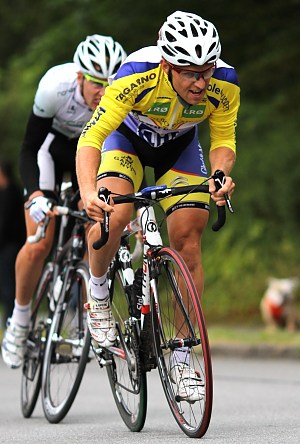How to Increase Your Threshold Power
The essential physiological skill in most cycling events is threshold power. You are likely to be a successful rider if you can generate many Watts at your threshold power. Sprinters, climbers, and time trial experts need a great threshold power. A good performance at threshold power is compulsory for winning a cycling race. Even if […]
How to Increase Your Threshold Power Read More »

